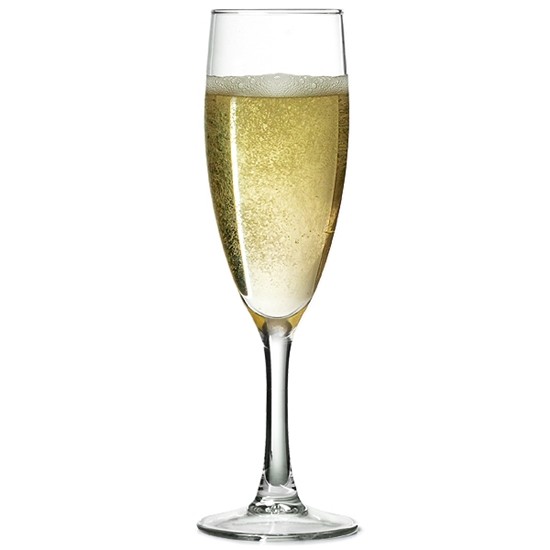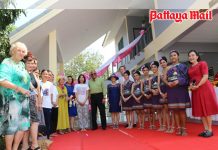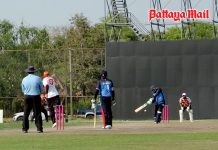
It used to be that people would claim “photographic proof” to demonstrate the veracity of something or other. How could you deny the existence of anything, if you had a photograph of it? After all, look at the Loch Ness monster. Nessie is real, there are dozens of snapshots of her, whilst all these other pretenders such as Big Foot are myths. You’ve never seen a photograph of Big Foot, now have you?
However, as we sauntered into the digital age, it became very obvious that not everything you saw in a photo was necessarily ‘real’. Mr. Photoshop soon put an end to that reality nonsense, complete with his filters and contrast and brightness adjustments. No, it was an all-new ball game.
But pro-shooters have been bending the truth for years. Even before Mr. Photoshop. Let’s look at a few examples where the photographer has to stretch the truth somewhat. Ever tried photographing champagne? There’s never enough bubbles to make it look as if it has just been poured. What to do? Drop some sugar into the glass. Only a few grains are enough to give the almost still glass of champers that “just opened” fizz look to it. You also have to bring the light in from the back of the glass, as well as from the front. Stick the flash head in behind and a large white reflector beside the camera and you have the ultimate shot.
While still on wines, if you try and shoot a bottle of red wine, it comes out thick dark maroon or even black. Restaurateurs who have tried photographing their wines will agree. So what does the pro shooter do? Well he has a couple of courses of action. First is to dilute the red wine by about 50 percent and secondly place a silver foil reflector on the back of the bottle. So what happens to the half bottle of red that was removed to dilute the wine? The photographer has it with dinner. Silly question.
And so to food photography. This is one area where there are more fraudulent practices than any other. Cold food can be made to look hot by sprinkling chips of dry ice to give “steam” coming off the dish. Not palatable, but it looks OK. Cooking oil gets brushed on slices of the cold meat so that they look moist and succulent.
That is just for starters. In the commercial photography studio, the dedicated food photographer would erect a “light tent” of white polystyrene and bounce electronic flash inside. Brightness is necessary to stop the food looking grey and dull. If you do not have bright sparkly light then potatoes will look grey, and even the china plates look drab and dirty.
In places such as the USA, there are very firm rules about photographing food. Mainly the fact that you are not allowed to use substitute materials which “look” like food, but are actually not. This covers the old trick of using shaving cream as the “cream” on top of cappuccino coffee for example, or polystyrene foam as “ice cream”. Personally I think this is a load of ballyhoo, because the photograph is just to represent what the food will look like – you don’t eat a photograph, now do you!
Even in simple portraiture, the concept is to show the sitter in the best possible way. For example, if the person has “bat ears” the portrait should be taken with the head turned so that one ear disappears from view. Not “lying” but presenting Mother Nature in a different way. And always remember that when all else fails, it’s a quick trip to the retouchers.
Another area of deception is real estate brochures. I have inserted an architect’s model of a hotel, as not yet built, into the aerial shot of a beach resort city. This required working out the height of the helicopter relative to the height of the model and then combining the two slides. It took two 12 hour days in the studio to photograph the architect’s model and another day in the lab to combine the images.
Never believe anything you see!
 |
 |
 |





